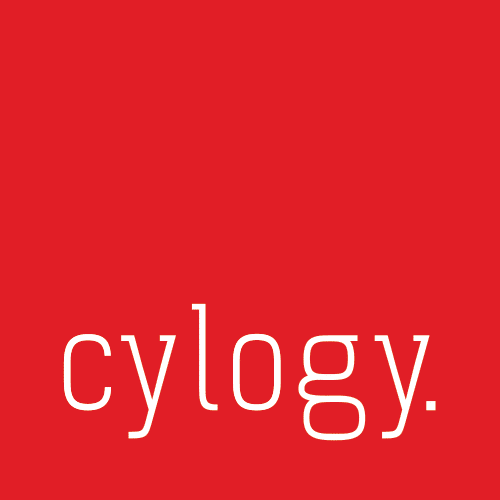Sitecore 10 was launched this summer, and as with any new release, we’ve been having a good look at its functionality and what it means for our clients. Sitecore continues to invest in the platform, and every release brings fixes, improvements, design enhancements and new capabilities; there’s almost always something that has the power to persuade teams to upgrade or start using the platform.
Version 9.3 came with some exciting new features including Horizon, a brand new editing experience, and a number of other improvements. If we were to sum up Sitecore 10, we’d say it had a little something for everyone, including a couple of real “crowd pleasers”. Both IT and digital marketing teams will find elements which will help them in their everyday work and continue to extend the value of Sitecore.
Earlier in the year, we contributed to a CMSWire article that summarised Sitecore 10’s key takeaways for developers and marketers. Now, we’re going to take our own extended look over two blog posts. In this first article, we’re going to share the things that developers (and that includes us!) will get excited about in Sitecore 10.
Containerization fully supported
Up to now, containerization has been technically possible for Sitecore, but it has never been officially supported by Sitecore themselves. Despite many teams using containerization to meet DevOps standards and drive efficiencies, if they wanted to use Docker or Kubernetes for Sitecore development and deployment, they’ve not been able to rely on an officially supported approach. That’s never an ideal situation, particularly for less experienced developers and IT teams. As I commented in CMSWire:
“Developers have been containerizing Sitecore for years, but have been hindered by a lack of official support, both from the community and from Sitecore itself. The prevailing wisdom, up until very recently, was that it was technically possible, but that if you ran into problems you were likely on your own.”
Thankfully, the release of Sitecore 10 now brings full support for containerization. Originally announced around the time of the 2019 Sitecore Symposium, this is excellent news for developers, as the change will help support DevOps, drive efficiencies, save time, minimize risks and more.
It also ensures confidence with the benefit of fully supported images and documentation. I told CMSWire that I thought support for containerization means “technologists can finally recommend this approach with confidence to all stakeholders, without fear of being left out to dry.”
Headless development
Sitecore has been on a journey to support headless development for a while, previously releasing Sitecore JSS. Sitecore 10 now introduces another step in its headless journey, with the release of an SDK to support ASP.NET Core development. When describing this to CMSWire, I observed that it meant “developers would develop headlessly against the SDK which communicates back to Sitecore to get what it needs to perform the desired operation.”
Again, we think this is good news as it opens up the power of Sitecore to a wider pool of developers, allows possibilities for Sitecore content to be used in other apps, and even means front-end developers may not require the kind of backend support they did previously.
A standard approach for content serialization
Prior to the release of Sitecore 10, content serialization across different environments in Sitecore involved using third party tools – either Unicorn (open source) or Hedgehog’s TDS product. Both products have their strengths, but Sitecore’s acquisition of Hedgehog in 2019 left many of us hopeful that content serialization features would be brought into the core platform. Now that day has come, with the Sitecore Content Serialization system bringing in elements from both Unicorn and Hedgehog TDS.
Support for content serialization comes both through a command line interface (CLI) and through Visual Studio, offering quick and easy options to move content between environments. I explained to CMSWire:
“With Sitecore 10, it’s clear that Sitecore has gotten tired of leaving such a critical developer and automation function outside of its own control, and has included advanced serialization features into Sitecore 10, including command line and Visual Studio integration to allow for ease of automation and developer updates.”
Upgrading? Considering Sitecore 10? Get in touch!
Of course, we’re also excited about the features in Sitecore 10 aimed at marketers, and we’ll be covering those in our next post!
Overall, we think there are some strong features in Sitecore 10 that all IT functions will support, helping development and deployment processes, and bringing some long-desired capabilities under full support or directly into the platform. If you’d like to find out more about Sitecore 10, discuss upgrading or what the new release means for your business, then get in touch!





